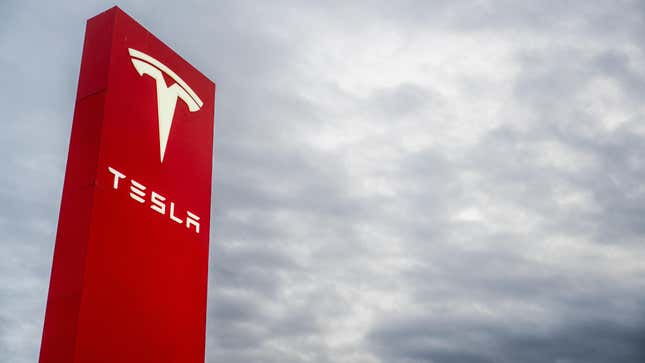
Tesla cars have been prone to certain parts failures time and again, but the electric vehicle company has attempted to pin the blame for those failures on its drivers, citing vehicle “abuse.” Now, a new Reuters investigation shows that Tesla has been aware of these systemic issues in its vehicles but instead attempted to divert responsibility onto its paying customers.
If you’ve ever been in a Tesla, there’s a chance you’ve noticed some issues with suspension or steering. These are chronic problems that have been plaguing the electric cars for years — but if you were to ask the company about the problem, it wouldn’t acknowledge its fault in the situation. Instead, it would contend that its drivers were being too hard on their vehicles; that was the justification Tesla used when charging customers for out-of-warranty parts that it knew were inherently flawed.
The Reuters story draws on interviews with service technicians and unhappy owners, repair documents, and internal communications that paint a damning picture of the company.
Tesla buyer Shreyansh Jain, for example, purchased a brand-new 2023 Model Y when he suddenly lost control of steering. Jain was forced to pay $14,000 to repair a vehicle that had been driven fewer than 200 miles because Tesla blamed for “a prior external damage to the right-front suspension” — even though reams of documents show that Tesla has been aware of those exact suspension concerns for years. Instead, Jain was forced to absorb both the blame and the costs.
How could it possibly get more damning? Well, here’s more from Reuters:
A series of 2016 suspension failures in China bears striking similarities to the incident with Jain’s car seven years later. Some of Tesla’s earliest China customers told the automaker that a front wheel had collapsed while turning at low speeds on its Model S luxury sports car, Tesla’s first mass-produced vehicle.
The front aft link, an aluminum-alloy suspension arm, had snapped, Tesla engineers found, according to company records that documented half a dozen such incidents. Between 2016 and 2020, Tesla resolved about 400 complaints involving aft-link failures in China, according to a former Tesla employee with direct knowledge of the matter. The company fixed cars under warranty or by making so-called goodwill repairs for out-of-warranty vehicles, the former employee said. Tesla redesigned the part four times because the initial revisions did not fully fix the problem, the automaker’s records show.
Tesla was eventually forced by Chinese regulators to issue an aft-link recall — but over here in the States, Tesla claimed that the failures were caused by “driver abuse” and were not due to any inherent faults with the car. To make things even worse, the company also instructed service centers to blame aft-link failures on “vehicle misuse.” As a result, Tesla shifted blame to its customers.
The entire Reuters investigation is stunning in its detail about this systemic problem. Do yourself a favor and take the time to read the whole thing today.